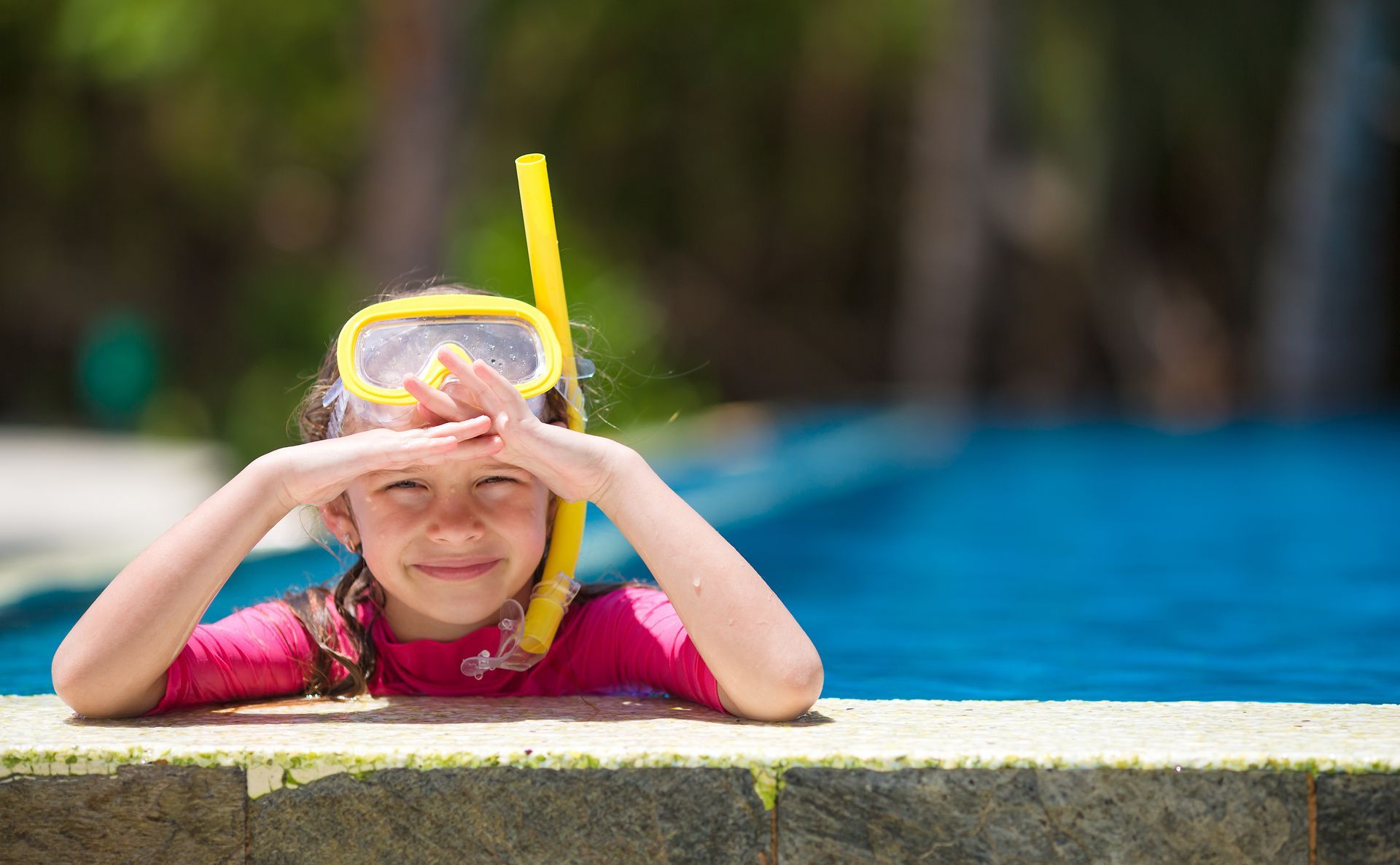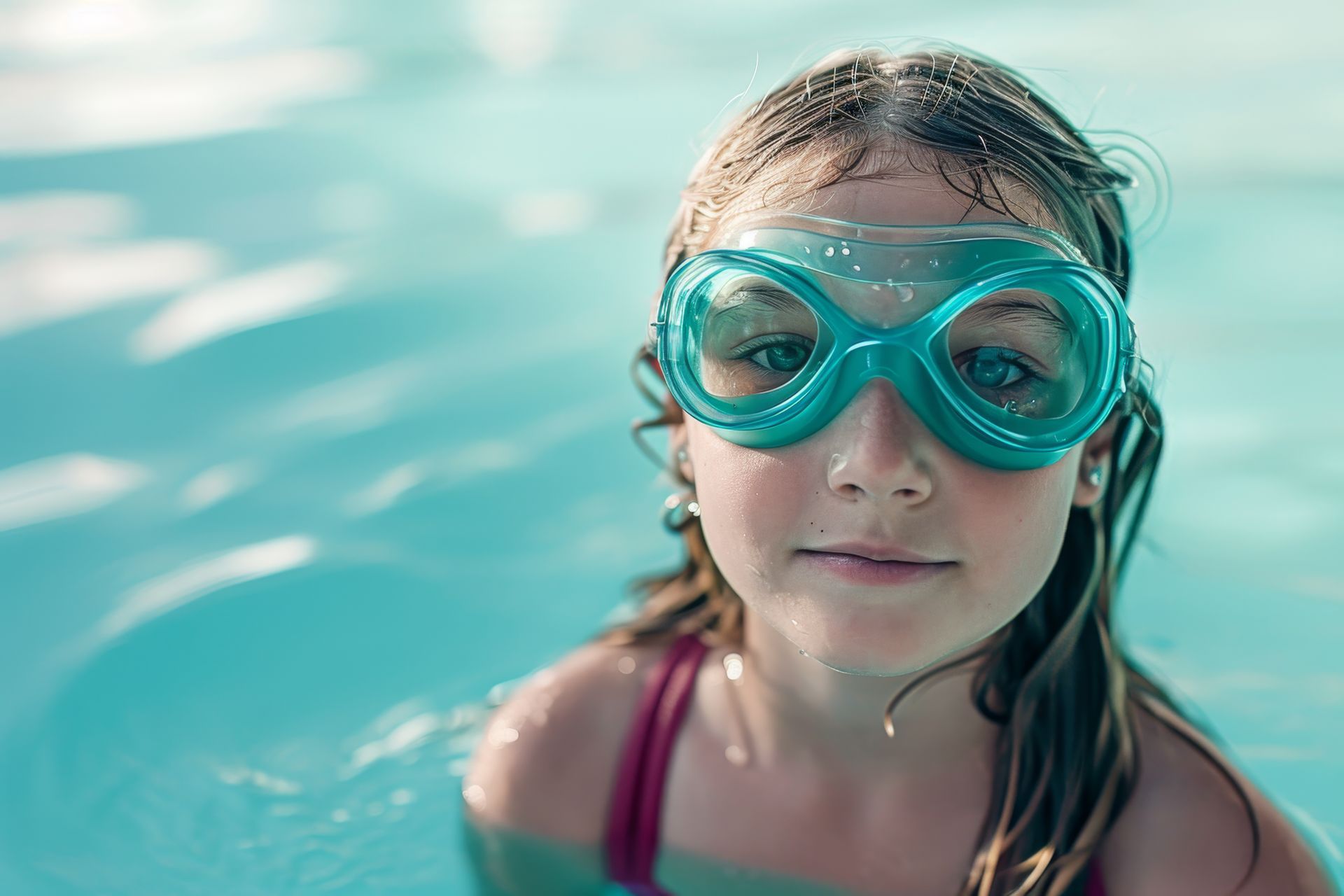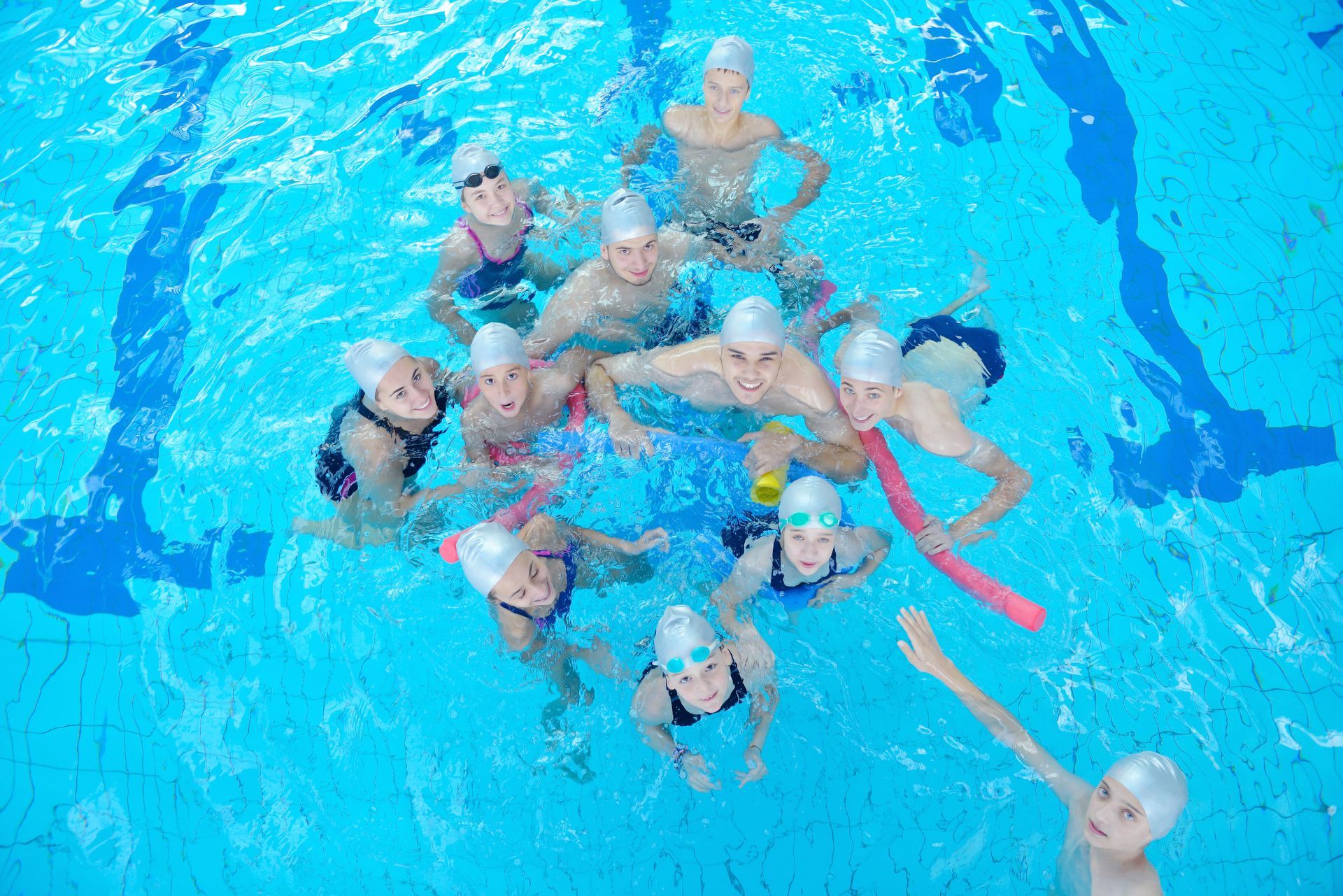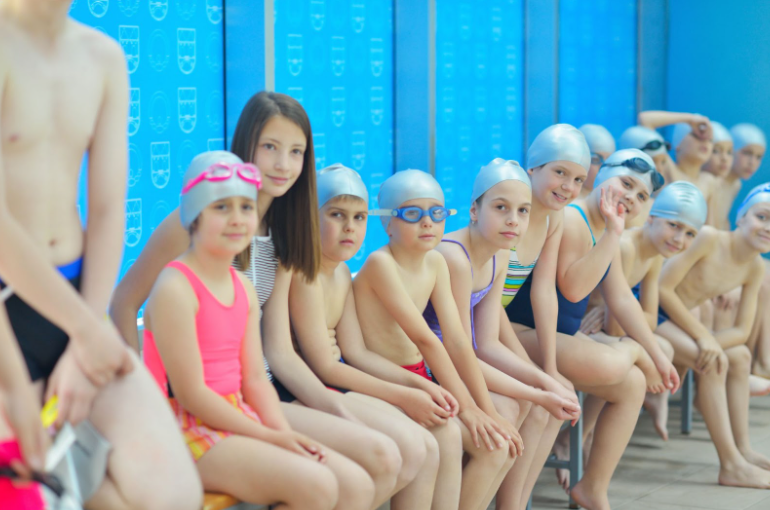Help Your Child Overcome a Fear of Drowning With Swimming Lessons at SwimJim

Children are deeply intuitive. Their natural ability to pick up on emotions is refreshing and delightful, but it can also have unintended consequences. If your child has a fear of drowning or fear of deep water, it may be a result of your own fears about their safety in the water.
Most parents don’t consciously instill a fear of water in their children. But kids easily pick up on their parent’s nervousness when playing together in the water, and may develop an unnecessary fear that actually makes them more unsafe in the water.
Read on for ideas on how to help your child overcome fear of deep water or fear of drowning.
Photo Credit: DragonImages
1. Get Your Child in the Water As Early As Possible
Parents who don’t let their children play in water may inadvertently cause them to fear the unknown. If you’re looking to stop a fear of water before it starts, get your child in the water as early as possible. Even newborns benefit from spending time in water. Find age-appropriate activities for your children, whether you’re giving a baby a relaxing spongebath or allowing your toddler to splash in a kiddie pool.
2. Don’t Overreact
Children look to their parents’ reactions as a guide for how they should behave. If you gasp when your child goes under water or frantically scoop them up when their hand slips from the side of the pool, you’re sending them a message that water is something to be feared. It might be hard, but it’s best to keep your cool when you and your child are around water.
3. Educate Your Child
Children often fear the things they don’t understand. Don’t assume that they know how the world around them works, even if it seems obvious to you. Take time to educate your child about water. Read books about the ocean. Find a children’s museum that offers water play. Answer even the simplest questions your child might have about the bathtub or toilet.
4. Make Water Fun
If your child’s only exposure to water is when they’re getting clean, they may come to resent it. Find ways to make water fun for your child, even if it’s only at bathtime. Add toys to your tub and let your child play freely during their bath. Come up with other water activities like playing with the hose or filling water balloons.
5. Allow Your Child To Express Feelings
If your child does develop a fear of water, don’t dismiss their feelings. Allow them to express their emotions and let them know you’re listening. Just being able to talk about their fears may help your child navigate their emotions and overcome the fear.
6. Use Swimming Aids
When your child is very young, it may be helpful to give them swimming aids so they’re more comfortable and independent in the water. Purchase items like floaties, life vests, noodles, or rafts to help your child enjoy swimming. Find reliable swimming aids from reputable brands so you know your child is safe.
7. Enroll in Swimming Lessons
Swimming lessons are the ultimate way to help your child overcome a fear of water. When a child learns to swim, they gain confidence and feel empowered rather than fearful. Enroll in parent/child swim lessons to help your child feel more comfortable and allow you to learn how to help your child have a positive swimming experience.
Check Out SwimJim Today
SwimJim offers swimming lessons for children of any age and swimming level. Our staff is trained in the most effective swim teaching methods and is ready to help you and your child develop a love of water. We make swimming fun and enjoyable for all our students. They’ll leave our classes with important skills that keep them safe and comfortable in the pool. Sign up for classes with SwimJim or learn more about our programs today.
The post Help Your Child Overcome a Fear of Drowning With Swimming Lessons at SwimJim appeared first on Swim Jim.







